A few decades back, nobody would have thought that one day, the earth will be struck with a water crisis. Today, we are glaring into the issue of water scarcity because every resource we have is contaminated and infected with pollutants. To understand the gravity of water pollution and to eradicate it, we as the citizens of this world, need to understand it – its types and sources put together.

Types of water pollution
So, let’s take a quick look at the most popular types of water pollution:
Agricultural Water Pollution
One could say that it is the most important sector in the world, supplying billions of people with its crop and produce. But nobody could have thought that the very same agriculture which provides for them, could be a contributor of water pollution.
Global Statistics suggest that agriculture is the biggest consumer of our freshwater resources (because all crops feed on groundwater in order to survive and grow). They consume almost 70% of the freshwater available on planet earth. Not only this, but agriculture also happens to be a water contaminator – and a serious one at that.
It has led to degradation of water quality all over the world. In the United States of America, agricultural tops the list of pollutants in rivers and streams, maintains a second rank in the list of wetland pollutants and third when it comes to lakes. Surprisingly, the noble occupation threatens our groundwater and estuaries. These statistics lead us to a single worded question – “How?”
How can it be that a sector as productive as agriculture, which feeds the entire nation, can cause harm to water? The answer lies in the growing population. Yes, the population of the world is growing by leaps and bounds while the earth’s capacity to produce remains constant. The earth does not produce enough food to feed approximately 7.8 billion mouths.
So farmers have resorted to the use of chemicals which make the crops grow faster and in more quantity. These chemicals then seep into the ground and pollute the aquifers i.e. the groundwater.
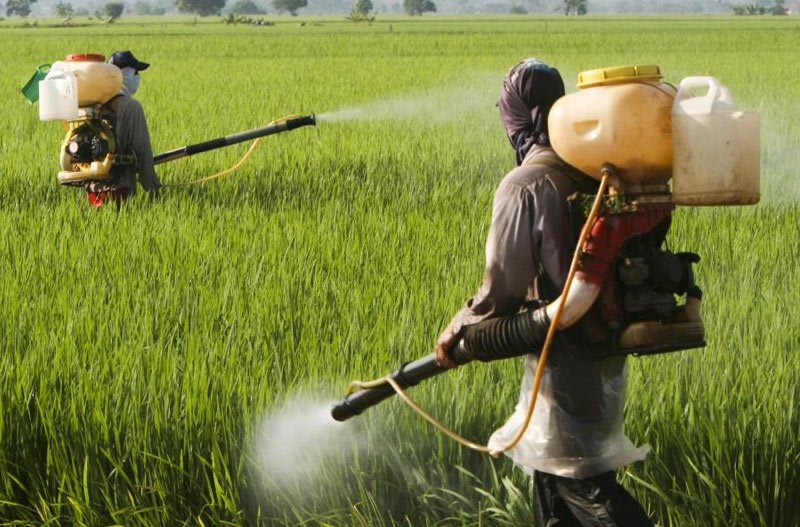
To strike a final nail in the coffin, come the rains and wash away all these chemicals, coupled with viruses and bacteria into our water bodies. This leads us to a lesser known type of groundwater pollution – the nutrient pollution. Nitrogen and phosphorus shoot up in the composition of water and cause unwanted algal blooms.
Read : Categories of water Pollution
For those who are unaware of nutrient pollution, it is caused when nutrients such as nitrogen and phosphorus are present in the water (in excess, that is). This is because they lead us straight to algal blooms and alter the composition of water. The latter is something we don’t want to achieve while the former is harmful for life – both human and animal
Sewage and wastewater
Often, a common man has no clue about what wastewater is. Yet, he generates it everyday. So let’s simplify it for you ANY water that is USED is wastewater. Consider ALL where water is used across the world – ALL of them, without exception, lead to the creation of wastewater.
- It’s generated in our daily household chores
- washing dishes, showering, or even flushing.
- Commercial, industrial, and agricultural activities create water.
- Stormwater runoff (an excessive overflow of water which occurs when rainfall washes away all the land pollutants such as salts, oil, grease, debris, chemicals, etc) is also considered as wastewater.
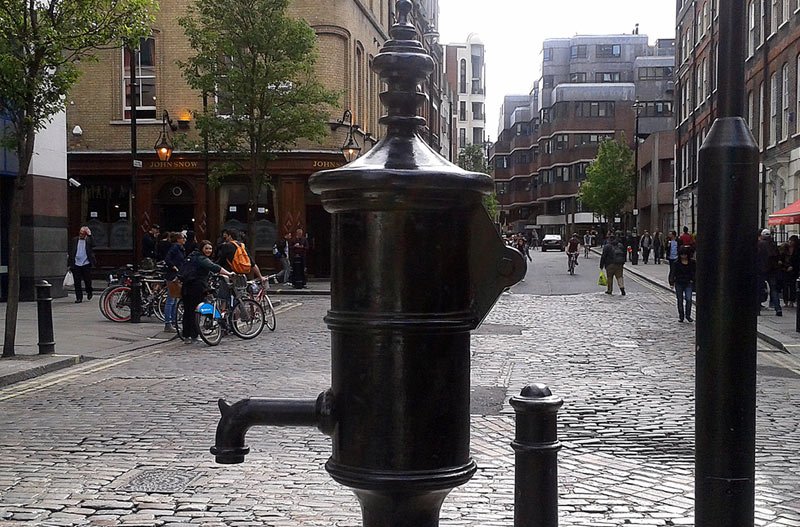
Now let’s come to another noteworthy property of water. It can make its way through anything and everything. Unfortunately, wastewater also possesses this quality. UNESCO confirms that more than 80% of the world’s untreated wastewater makes its way back into the ecosystem whereas the ideal scenario would have been to eliminate any impurities and then let it join back the water cycle.
Read : Causes of water pollution
The United Nations even went to the extent of saying that in some underdeveloped countries, almost 95% of untreated water is let loose into the environment. However, developing countries are not to be blamed alone. This problem arises anywhere when the volume of wastewater surpasses the capacity of the treatment plant – including the United States of America.
EPA suggests that approximately 850 billion gallons of untreated wastewater are discarded into the environment in the U.S. This is exactly where the vicious cycle of pollution begins because wastewater once left untreated, lets a humongous amount of pathogens, chemicals and plastics into the water cycle. From there, they contaminate the air, land and our food chains, thus being harbingers of disease and disruption in the environment.
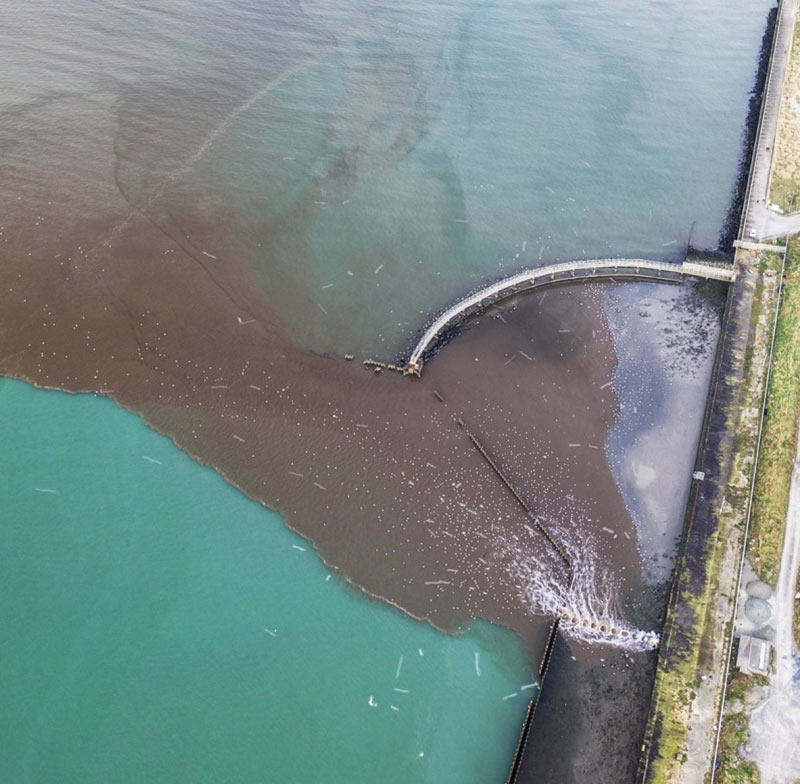
Oil pollution
What is the first thing that comes to your mind when you think of pollution caused by oil? Perhaps a large tanker which may have broken down or leaked in the middle of an ocean?
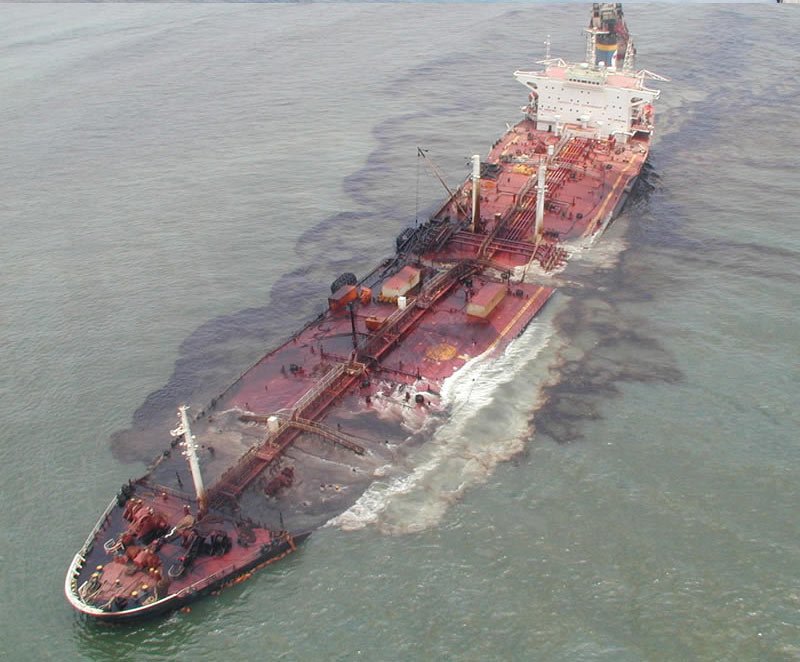
Well, you are not alone. Most people never fathom that they too could be contributors to oil pollution. This is because oil spills dominate the news, our day to day activities don’t.
Now let’s look at some facts – oil spills only account for approximately 12% (or even lesser) of the oil pollution in the world whereas more than 70% is caused by common people like us who delightfully live in oblivion, recline on the comfort of our sofas and blame the government for contaminated waters.
Facts
Iraqi forces intentionally released over 300 million gallons of oil into the Persian Gulf in 1991 as part of the offensive in the Gulf War.
This is not it. You see those ships plying over the waters? They release oils and grease onto the surface of our water bodies. A stark comparison between pollution caused by tanker spills and routine shipping shows that the former contribute less than 12% towards water pollution while the latter accounts for about one-third.
And let us not forget the land pollutants – the 1 billion+ automobiles plying on the roads today. ALL of them, no matter how many GO-GREEN slogans they chant, contribute to oil pollution in the water bodies. Oil and gasoline drips from them every time they are on the move. Imagine more than 1 billion cars dripping oil everyday! This oil (being liquid too) finds its way back into water bodies. It joins the nearest river or stream or worse, seeps into the ground to contaminate groundwater, which we then consume.
Read : Dangers of water pollution
The World Ocean Review states that approximately 50 percent of the 1 million tonnes of oil that contaminates water bodies every year comes from factories, farms and cities, rather than oil spills. Sounds unfathomable? Don’t despair! Coming from the cities, it means WE, the people of the city, who can make a difference. Here’s how:
- We can carpool and reduce the number of automobiles on the road!
- We can dispose of the oils generated in daily chores properly.
Oil, when present in the water in a natural and moderate quantity, supports life. But the same oil is present in access as a result of human intervention, deems the water unsuitable for supporting life.
Radioactive substances
Radioactive waste – the name itself is sufficient to cause discomfort to governments, individuals, environmentalists and the civil society because of the catastrophic danger it poses to all life forms.
Deadly diseases like cancer, irreversible genetic mutations, birth defects among next generations, all are the by-products of radioactive substances. We could go on and on about its dangers but first, let us understand what radioactive wastes are. Going by the scientific definition, any pollutant which emits harmful radiation into the environment can be termed as radioactive waste.
It is emitted when uranium is mined, it is brewed in nuclear power plants, it is a byproduct of the production of warfare equipment and also the research conducted by universities, institutions and hospitals.
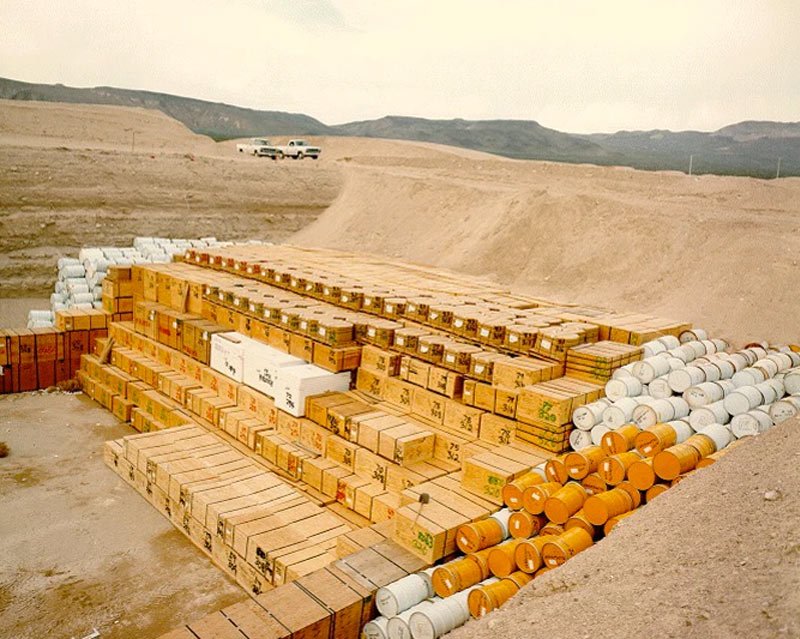
Whatever the source, it’s a no brainer that radioactive waste alters the environment – air, land and water alike. It travels miles without losing a tad of its impact, it crosses borders and boundaries and can linger around for thousands of years. All these properties of radioactive wastes are reason enough to ensure their correct disposal.
If disposed in water bodies, they render them unfit for supporting life and even kill the aquatic flora and fauna. Spare a thought on this – what alternative habitat does marine life have? Are we heading towards the extinction of aquatic animals and plants because of radioactive pollutants?
Read : How to prevent water pollution?
A classic example of the lasting impact of radioactive pollutants is the Hanford site in Washington which was dedicated towards manufacturing nuclear weapons for the U.S. army. Approximately 56 million gallons of radioactive waste were generated by this site alone. The cost of disposal of such a gargantuan amount of radioactive material is greater than $100 billion – enough to end the global food crisis.
What’s more, the environmental impact will last till 2060. Till then, the world has to bear the brunt of its brutalities.
The nuclear power plants of England and France are no less. They release their radioactive wastes into the water, which then impacts all neighboring countries. In India, the Government regulations allow radioactive water from the nuclear water plant to be released into the environment.

RThis ignores all the concerns expressed by environmentalists. In fact, no government on planet earth can negate the hazardous consequences of radioactive pollutants. Allowing them to be released into the environment sounds like an open invitation to cell death, genetic mutations, death causing diseases like cancer, birth defects, and reproductive, immune and endocrine system disorders.
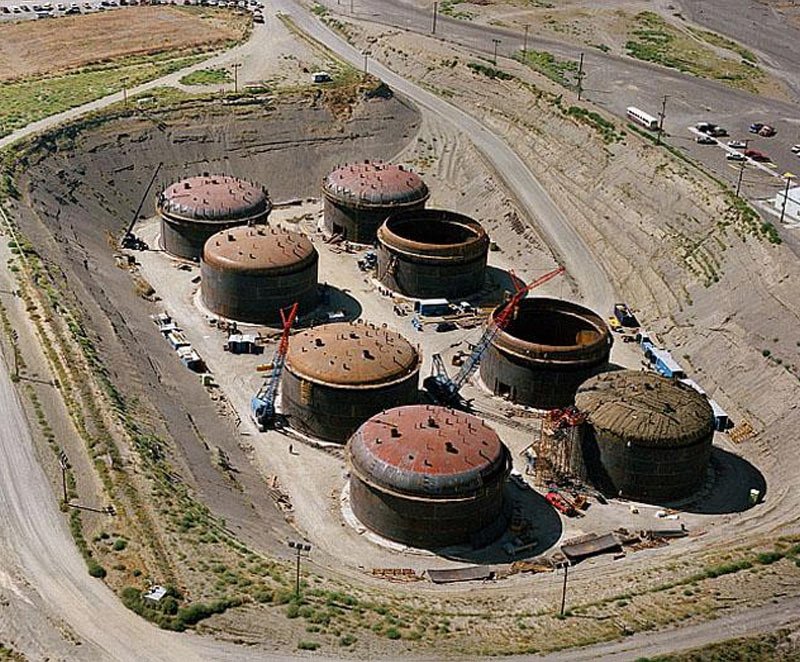
Now imagine if all these radioactive substances somehow make their way into our waters, what catastrophe they could cause to our ground, surface and marine water safety.
Facts
The nuclear crisis created by the tsunami of 2011, unleashed 11 million liters of radioactive water into the Pacific Ocean.
Ironically, the types of water pollution do not end here. Besides the ones we’ve discussed above, there’s microbiological pollution, chemical pollution, marine dumping, underground leakages and a lot more that alters the composition of water today.
The question is – what can be done to prevent water pollution?

